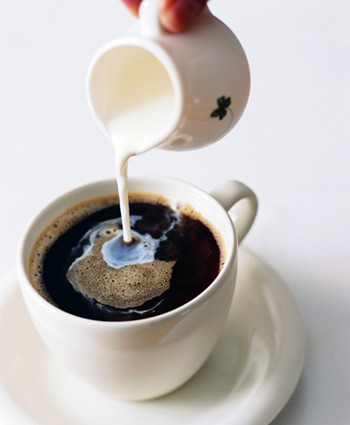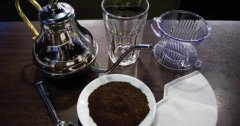A brief history of the origin and development of coffee

No one knows about the place where coffee was born, and there are different opinions about the origin of coffee. In order to get an accurate answer, coffee experts and botanists investigated coffee and found that Ethiopia in Africa is the hometown of coffee. According to the current investigation, there are a large number of unknown wild coffee trees in the African rainforest, whose fruit flavor is unique and well received by experts. There are also many local farmers who support their families by picking wild coffee beans, so it can be seen that the coffee does come from Ethiopia. Human civilization has driven the development of the coffee industry. After years of baptism, coffee has been brought to all parts of the world.
Around 1650, the first coffee shop in Western Europe filled with the smell of coffee appeared in Oxford, England. Age of coffee spread: in the early 17th century, Germans, French, Italians and Dutch all competed to sell coffee to their overseas colonies.
In 1616, a coffee tree was transferred to the Netherlands via the port of Mocha, giving the Dutch the upper hand in the competition for coffee cultivation.
In 1658, the Dutch began to grow coffee in Ceylon.
In 1699, the first European plantations appeared in Java by the Dutch.
In 1715, the French brought coffee trees to Bourbon.
In 1718, the Dutch brought coffee to Suriname in South America, which was the prelude to the rapid development of the growing industry in the coffee center of the world (South America).
In 1723, a Frenchman, Gabriel Mathieu de Klee (Gabrie Mathieu De clieu), brought coffee saplings to Martinique.
In 1727, the first plantation in South America, Pala, Brazil, was established. And then cultivated near Rio de Janeiro.
The legendary Jamaican Blue Mountain Coffee began to grow in the Blue Mountains after coffee was introduced to Jamaica by the British in 1730. From 1750 to 1760, coffee was grown in Guatemala.
In 1779, coffee was introduced into Costa Rica from Cuba.
Coffee was first grown in Mexico in 1790.
In 1825, coffee seeds from Rio de Janeiro were brought to the Hawaiian islands and became the famous Hawaiian Kona Coffee.
In 1878, the British landed coffee in Africa and set up a coffee planting park in Kenya.
In 1887, the French established a plantation in Vietnam with coffee saplings.
In 1896, coffee began to land in Queensland, Australia. From then on, the secret of coffee cultivation spread ten, ten hundred, and became an open secret.
- Prev

Steps for making hand-made coffee
Coffee hand brewing is a way to fully control all aspects of coffee in their own hands. Hand brewing coffee is mainly made by grinding coffee powder thickness, water temperature, steaming time, flow rate and other aspects to regulate the flavor of coffee. It is very convenient to make coffee by hand. You can make a cup yourself at home, in the office, or in a cafe. Let's start to learn to use it.
- Next

A rookie must know how to order coffee in a cafe.
If you don't know anything about coffee, you don't know how to order coffee for the first time, and some friends still don't know the difference between all kinds of coffee even if they often go to coffee shops. Below, Mr. Chen of Chongqing Brista Coffee West Point training College will introduce you to the common coffee varieties and its composition in the coffee shop, so that you can order what you like in the coffee shop in the future.
Related
- Beginners will see the "Coffee pull flower" guide!
- What is the difference between ice blog purified milk and ordinary milk coffee?
- Why is the Philippines the largest producer of crops in Liberia?
- For coffee extraction, should the fine powder be retained?
- How does extracted espresso fill pressed powder? How much strength does it take to press the powder?
- How to make jasmine cold extract coffee? Is the jasmine + latte good?
- Will this little toy really make the coffee taste better? How does Lily Drip affect coffee extraction?
- Will the action of slapping the filter cup also affect coffee extraction?
- What's the difference between powder-to-water ratio and powder-to-liquid ratio?
- What is the Ethiopian local species? What does it have to do with Heirloom native species?

